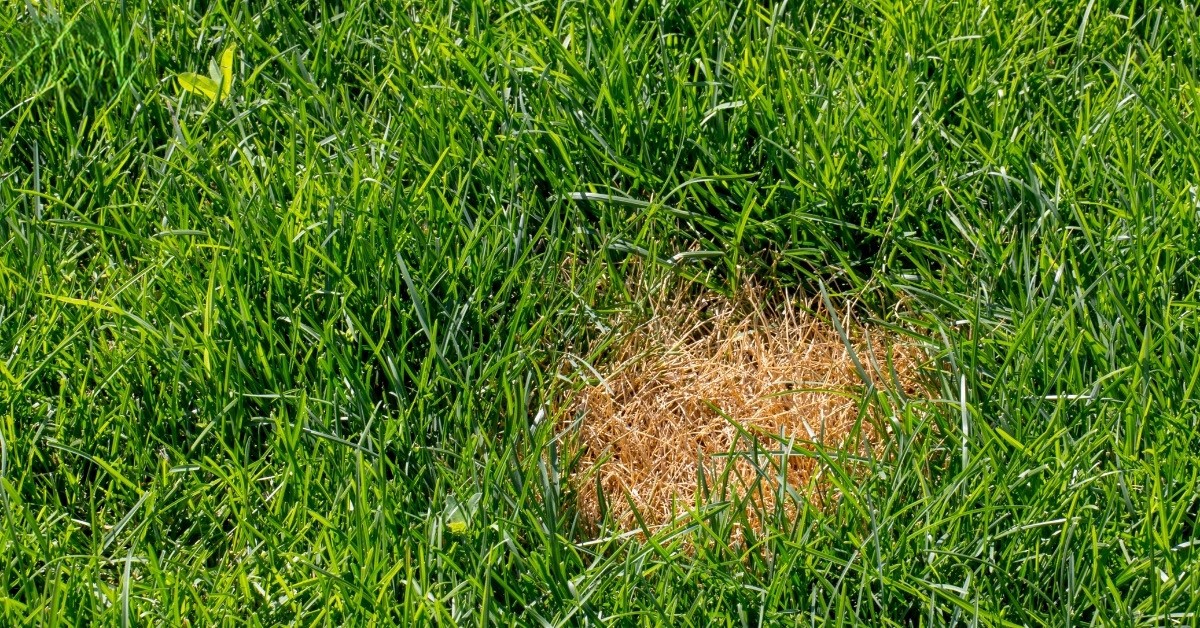HOME
Lawn Disease Identification and Treatment

Maintaining a lush, green lawn can be challenging, especially when faced with various lawn diseases. These diseases, often caused by fungal infections, can quickly turn a beautiful yard into an unsightly patchwork of discolored and dying grass. Effective lawn care Huntersville NC is crucial to prevent and treat these common issues. Understanding how to identify and treat lawn diseases is essential for any homeowner committed to keeping their lawn healthy and vibrant. This comprehensive guide will explore common lawn diseases, prevention strategies, treatment options, the importance of soil health, environmental factors, and the significance of regular monitoring and diagnosis.
Common Diseases: Identifying Fungal Infections Like Brown Patch, Dollar Spot, and Rust
1. Brown Patch
Brown patch is a prevalent fungal disease affecting cool-season grasses. It appears as circular patches of brown, dead grass, often surrounded by a dark ring. High humidity and temperatures between 65-85°F promote its development. Regularly aerating the lawn and avoiding excessive nitrogen fertilization can help manage brown patches.
2. Dollar Spot
Dollar spot is identified by small, silver-dollar-sized patches of straw-colored grass. This disease thrives in warm, humid conditions and is exacerbated by drought stress and low nitrogen levels. Ensuring proper fertilization and maintaining adequate soil moisture can reduce the risk of dollar spot.
3. Rust
Rust manifests as orange or yellowish-brown pustules on grass blades, giving the lawn a rusty appearance. It typically occurs in late summer to early fall under warm, moist conditions. Improving air circulation, reducing shade, and mowing regularly to remove infected grass blades can help control rust.
Prevention Strategies: Cultural Practices to Prevent Lawn Diseases
- Proper Mowing: Mowing the lawn at the correct height and frequency is essential. To keep the grass blade from being stressed, you shouldn’t trim more than a third of its length at a time.
- Adequate Watering: Watering deeply but infrequently encourages deep root growth and reduces the lawn’s susceptibility to diseases. Water early in the morning to allow the grass to dry out during the day.
- Soil Aeration: Aerating the soil improves air circulation, water infiltration, and nutrient absorption, creating a healthier environment for grassroots and reducing the risk of fungal infections.
- Balanced Fertilization: Applying the right amount of fertilizer based on soil tests ensures the grass gets necessary nutrients without excess nitrogen, which can encourage disease.
- Thatch Management: Removing excessive thatch (a layer of dead grass and roots) prevents the buildup of disease-causing fungi and promotes healthier grass growth.
Treatment Options: Fungicides and Natural Treatments
- Chemical Fungicides: Chemical fungicides are effective in controlling lawn diseases when used correctly. They should be applied according to the manufacturer’s instructions and at the first sign of disease for best results.
- Natural Treatments: Natural treatments, such as compost tea or neem oil, offer environmentally friendly alternatives to chemical fungicides. These treatments can help manage diseases while promoting overall lawn health.
- Biocontrol Agents: Introducing beneficial microorganisms or fungi that naturally inhibit harmful pathogens can be an effective way to control lawn diseases organically.
Soil Health: Role of Soil pH and Nutrients in Disease Prevention
- Soil pH: Maintaining the correct soil pH (generally between 6.0 and 7.0 for most grasses) is crucial. Soil testing kits can help determine pH levels and lime or sulfur can be added to adjust pH as needed.
- Nutrient Balance: Balanced soil nutrition supports robust grass growth. Essential nutrients include nitrogen, phosphorus, and potassium, along with trace elements like iron and magnesium.
- Organic Matter: Incorporating organic matter, such as compost, into the soil improves its structure, enhances nutrient availability, and supports beneficial microbial activity.
Environmental Factors: Impact of Weather and Moisture on Lawn Health
- Weather Conditions: Weather significantly impacts lawn health. Prolonged wet conditions can foster fungal growth, while drought can stress grass and make it more susceptible to disease.
- Moisture Management: Proper irrigation practices are essential. Avoid overwatering, which can lead to fungal issues, and ensure good drainage to prevent water logging.
- Seasonal Care: Adjusting lawn care practices based on the season helps manage environmental factors. For instance, reducing irrigation during cooler months can prevent moisture-related diseases.
Monitoring and Diagnosis: Regular Checks and Early Diagnosis Techniques
1. Regular Inspection
Regularly inspecting the lawn for signs of disease helps catch problems early. Look for discolored patches, unusual growth patterns, and any signs of mold or fungus. Walking the lawn systematically every few weeks ensures that even subtle changes are noticed, allowing for timely intervention and treatment.
2. Diagnostic Tools
Using diagnostic tools, such as soil moisture meters and pH testers, can provide valuable information about the lawn’s condition and help identify potential issues. These tools allow homeowners to monitor soil health accurately, ensuring optimal conditions for grass growth and enabling precise adjustments to water and nutrient levels.
3. Professional Help
Consulting with lawn care professionals, like those at LTP Property Maintenance, for regular check-ups and expert advice can ensure early diagnosis and effective treatment of lawn diseases. Professionals can provide tailored recommendations, advanced diagnostic services, and access to specialized treatments, ensuring that the lawn remains healthy and resilient against diseases.
Conclusion
Effective lawn care requires a proactive approach to disease identification and treatment. By understanding common diseases, implementing preventive cultural practices, using appropriate treatment options, maintaining soil health, considering environmental factors, and regularly monitoring the lawn, homeowners can keep their lawns healthy and attractive. For those seeking professional assistance, local lawn care Huntersville services from LTP Property Maintenance, offer expert guidance and solutions tailored to the specific needs of the area. Investing in proper lawn care not only enhances the aesthetic appeal of a property but also contributes to a healthier outdoor environment.
Stay ahead of the curve with the freshest news updates by exploring TodayFirstMagazine!





